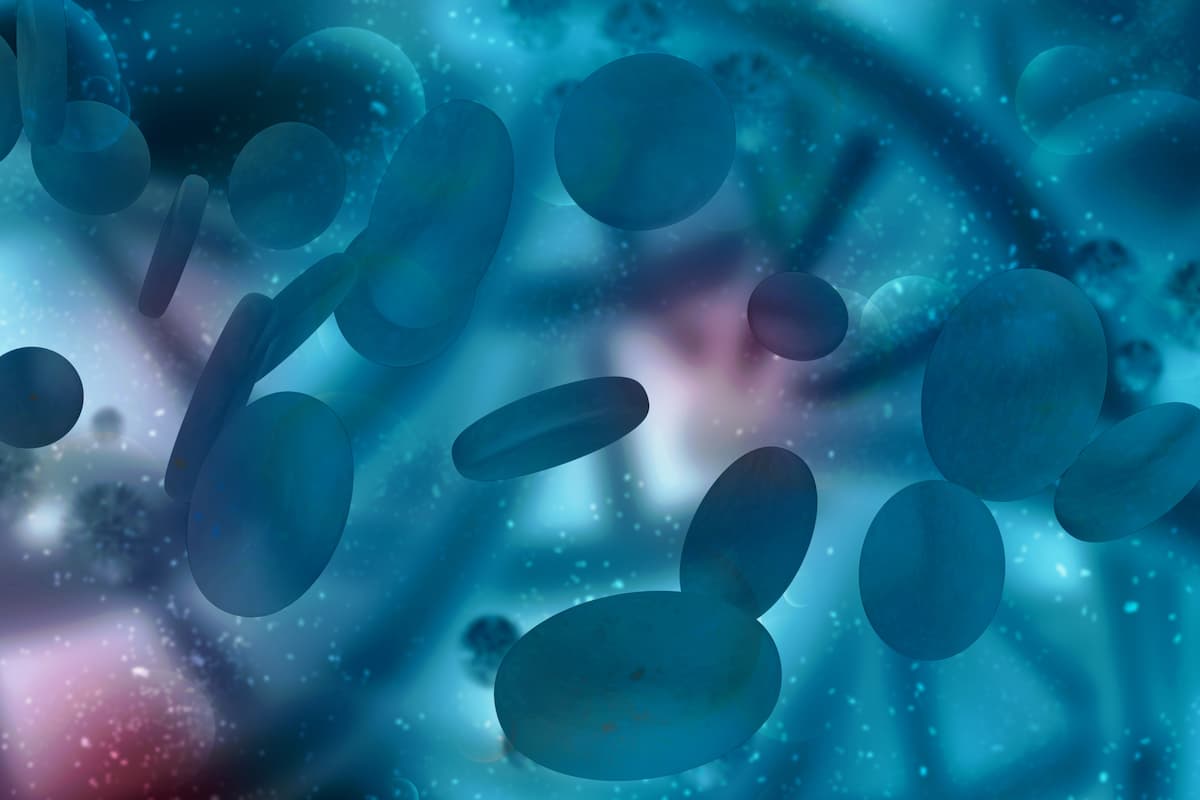Arlo-Cel Yields Efficacy, Safety in Previously Treated R/R Multiple Myeloma
As a 1-time dose, arlo-cel yielded promising efficacy and safety for patients with previously treated relapsed/refractory multiple myeloma.
As a 1-time dose, arlo-cel yielded promising efficacy and safety for patients with previously treated relapsed/refractory multiple myeloma.

Arlocabtagene autoleucel (arlo-cel), given as a 1-time dose, showed a high response rate and was well-tolerated among patients with relapsed/refractory multiple myeloma who received 1 to 3 prior lines of therapy, according to results from a phase 1 trial (NCT04674813) presented at the 22nd International Myeloma Society Annual Meeting.
The overall response rate (ORR) was 94%, the stringent complete response (CR) rate was 65%, the CR rate was 7%, and the very good partial response rate was 23%. The median follow-up was 18.2 months (range, 3.8-24.3), and the median time to response was 0.99 months (range, 0.9-2.9). Of patients who were efficacy-evaluable and responders, 48% had an ongoing response.
In the efficacy-evaluable population, the median progression-free survival (PFS) was 24.3 months (95% CI, 12.5-not reached). It was noted that the PFS data were limited by the 2-year study follow-up and are not yet mature. In the all-treated patient population, the 1-year overall survival rate was 100% (95% CI, 100%-100%) and is not yet mature. For patients with evaluable minimal residual disease (MRD) data, the MRD-negative CR rate was 56.3%.
“The favorable benefit-risk profile for this dose and population was consistent with prior disclosures. Notably, frequency and grade of infections were lower than those reported for BCMA-targeted therapies,” Susan Bal, MD, associate professor at the University of Alabama Medicine, and co-authors, wrote in the poster.
Patients received a 1-time infusion of arlo-cel at 150 x 106 CAR T-cells. The post-treatment follow-up was 24 months. Patients were eligible for treatment if they were 18 years or older, diagnosed with relapsed/refractory multiple myeloma with progressive disease less than 12 months from completion of their most recent treatment regimen, had an ECOG performance score of 0 or 1, and had 1 to 3 prior anti-myeloma regimens.
The primary end point was safety; the secondary end point was clinical activity per the International Myeloma Working Group Uniform Response Criteria.
Overall, 31 patients received arlo-cel, 19 were given optional systemic bridging therapy, and 24 had disease that was evaluable for response.
The median patient age was 62 years, 68% of patients were male, and 68% were White. Regarding high-risk cytogenetics, 68% of patients had 1q21 gain/amp; 26% had del(17p), t(4;14), and/or t(14;16); 16% had del(17p); 13% had t(4;14); and 3% had t(14;16). Extramedullary plasmacytoma was noted in 32% of patients, 55% had an ECOG performance status of 1, and the median time from initial diagnosis was 46 months.
A total of 29% of patients had 3 prior lines of therapy, and 52% had prior stem cell transplant. Prior anti-myeloma therapies included 100% having an immunomodulatory therapy, 100% having a prior proteasome inhibitor, 71% having prior anti-CD38 therapy, and 3% having prior BCMA therapy.
At least 1 treatment-emergent adverse effect (TEAE) occurred in 100% of patients for any grade and 87% for grade 3/4. Hematologic TEAEs included neutropenia (84% vs 81%), thrombocytopenia (71% vs 29%), and anemia (45% vs 26%), between any grade or grade 3/4, respectively. Non-hematologic TEAEs included infections and infestations (55% vs 0%), hypocalcemia (42% vs 0%), dysgeusia (36% vs 0%), hypoglycemia (39% vs 3%), constipation (32% vs 0%), and nail disorder (32% vs 0%).
Any grade and grade 3/4 treatment-related adverse effects of special interest included cytokine release syndrome (84% vs 0%), and immune effector cell-associate neurotoxicity syndrome (10% vs 0%); select on-target/off-tumor AEs included dysgeusia (36% vs 0%), nails (36% vs 0%), and skin (26% vs 0%); other AEs suspected to be related to arlo-cel were weight loss (3% vs 0%), respectively.
“These data support arlo-cel as a safe and effective potential early-line treatment in [relapsed/refractory multiple myeloma] with a phase 3 trial (QUINTESSENTIAL 2; NCT06615479) underway,” the authors concluded.
Reference
Bal S, Htut M, Berdeja JG, et al. Arlocabtagene autoleucel, a GPRC5D-targeted CAR T-cell therapy for patients with relapsed/refractory multiple myeloma: updated phase 1 safety and efficacy results in patients with 1-3 prior regimens. Presented at the 22nd International Myeloma Society Annual Meeting; Toronto, Canada, September 17-20, 2025. Poster PA-080.